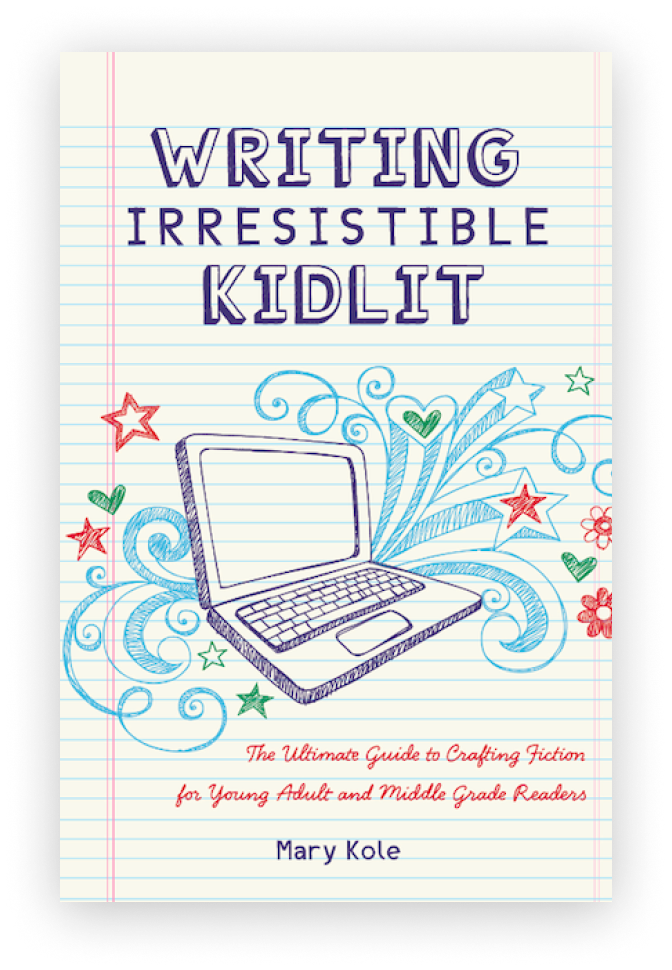The Art of Worldbuilding for Fantasy Writers
By Mary Kole
Mary Kole is a former literary agent, freelance editor, writing teacher, author of Writing Irresistible Kidlit, and IP developer for major publishers, with over a decade in the publishing industry.
Experienced fantasy writers revel in worldbuilding in addition to character and plot development. Writing a successful fantasy novel requires more development of an immersive world. Where do your characters live? Who are their enemies? What is the culture like? What’s the worst thing that could happen in this world (otherwise known as stakes in writing)? These are all important questions to consider when it comes to worldbuilding. If you’re struggling to develop a believable, detailed fantasy world, read on.
Worldbuilding Inspirations
Before beginning the worldbuilding process, take some time to research your chosen genre and draw inspiration from other works in the same or a similar realm. Your worldbuilding could be wholly original to your idea, or you could be writing in a world that’s already familiar to fantasy fans.
This will help you get a better understanding of fantasy tropes that readers expect from the genre and allow you to create something both original and familiar at the same time.
Researching can also provide insight into different cultures, religions, and histories that may be relevant or inspiring as you craft your own world. Even though you’re writing fantasy, and making the whole world up, great fantasy worlds have the ring of truth and can be inspired by history, religion, and myth in the human realm.
Visualize Your Worldbuilding: Create a Map
Creating a map of your world can be incredibly helpful when it comes to visualizing the environment of your story. If you know the world and worldbuilding like the back of your hand, per se, then you can more confidently communicate the lay of the land to readers. Some writers love having a visual aid, so a map might not only help you, but could develop into a visual aid for readers as well.
Start by sketching out the major geographical elements—mountains, rivers, forests, etc.—and then use these guidelines to determine where each city or kingdom is located within the realm. Maps make it easier for readers to understand your story’s setting and can make writing descriptions far simpler for authors. This is an important element in fantasy worldbuilding. If characters are able to reference bodies of water, land masses, forests, etc. naturally, then they become more real to both characters and readers. The world is created inside your audience’s mind as a result.
Develop Characters and Cultures with Worldbuilding in Mind
Your story should have more than just physical landscapes, of course. It should also reflect its inhabitants’ defining beliefs and customs as well. The social, emotional, and psychological landscapes need development as well. Think about how each character would view their world and place in society differently based on their background or preferences. You should factor in everything from religious beliefs or political stance to worldview about the worldbuilding! Yes, not only are you expected to develop the world, but you should give your characters opinions about that world. It’s very meta. Creating different cultures within your world gives it depth and makes your worldbuilding feel real for readers.
Develop Worldbuilding Conflict and Drama
Every good story needs drama and tension—no matter how perfect your characters’ lives may seem at first glance, there must always be something beneath that surface stirring up trouble. Developing various sources of conflict between nations or within families will add tension to your story and keep readers engaged throughout all its twists and turns. It can also give characters deeper motivations behind their actions which will make them more relatable (and thus more intriguing) for readers. Exploit the worldbuilding you’ve done to deepen the plot and characterization. Your characters’ goals will be informed by their status in their world, as well as what’s possible in the world. Can they escape compulsory military service? Can they climb the social ladder? Become a leader in their community? That depends on the options you’ve created.
Crafting a believable fantasy world, also known as worldbuilding, is one of the most important aspects of writing any fantasy novel—but thankfully, it doesn’t have to be overwhelming. By familiarizing yourself with other works in the genre, creating an easy-to-follow map of your world, developing unique cultures within it, and adding sources of conflict between characters or nations alike, you can easily generate an immersive environment that will envelop readers in your pages.

Click here to purchase Writing Irresistible Kidlit, my book on fiction craft for MG and YA novels, out from Writer's Digest Books. This will show you my writing craft philosophy and give you lots of valuable advice, including tips for the novel revision process and self-editing. There are over 35 example novels cited and discussed throughout. It’s a valuable resource for any writer’s toolkit.



